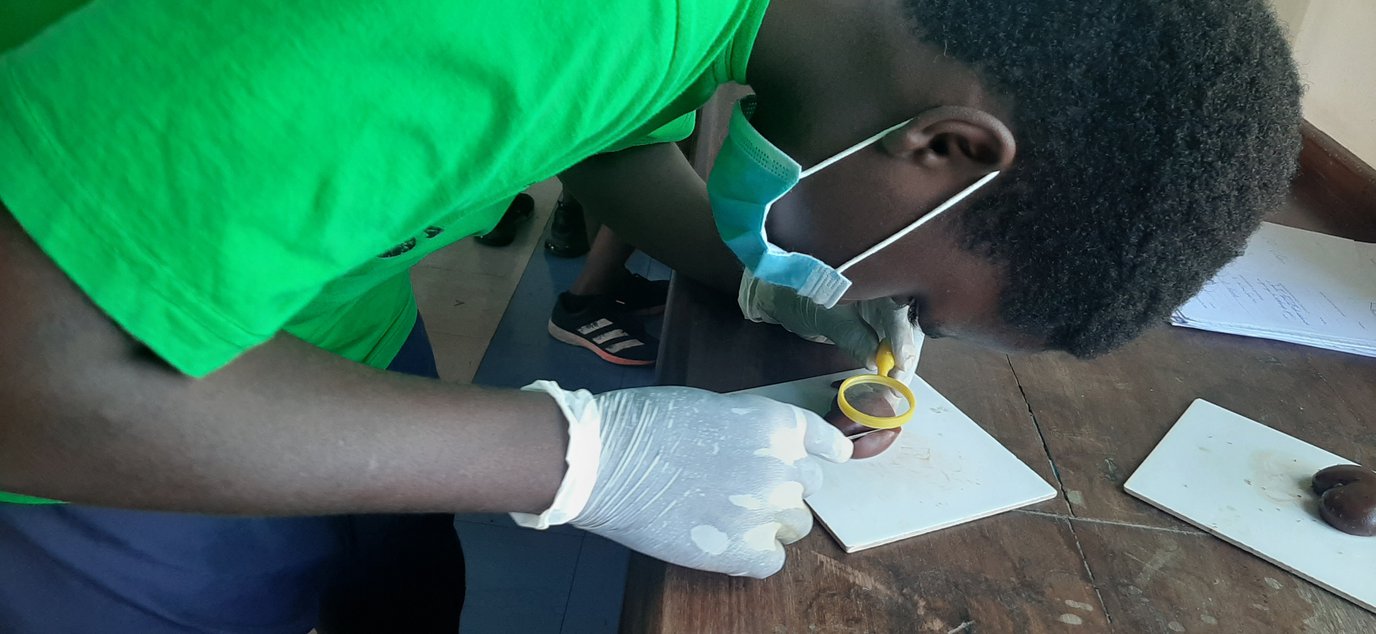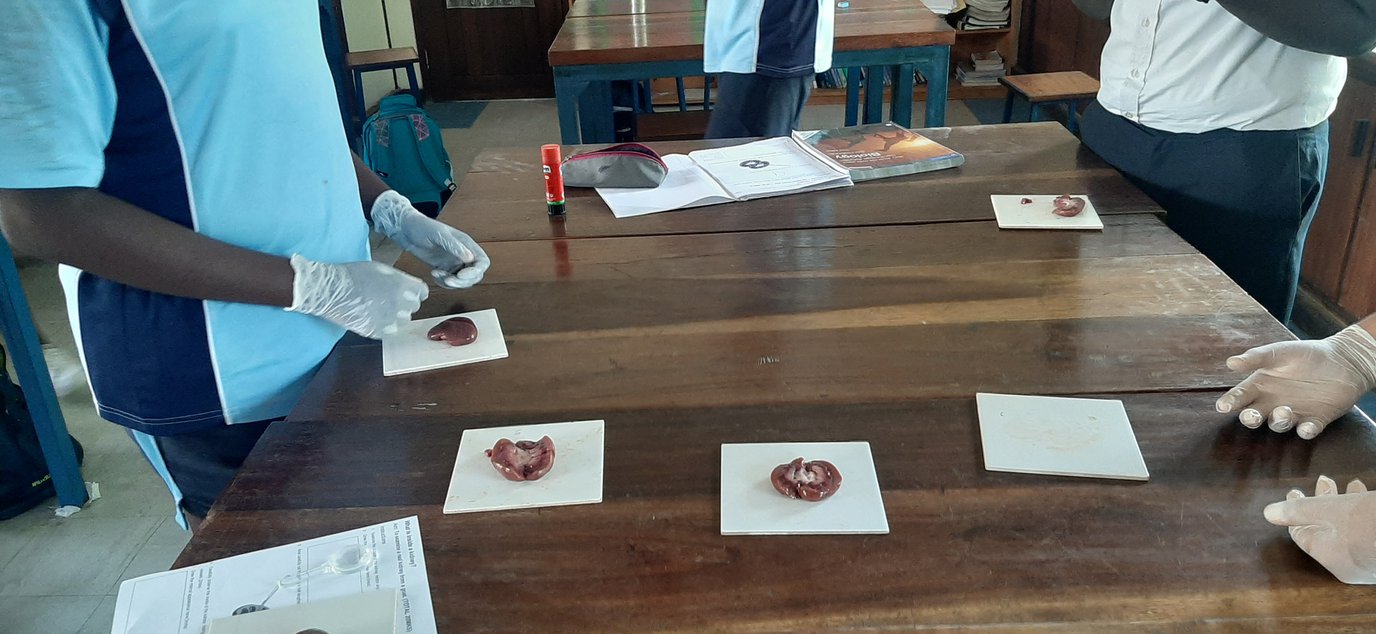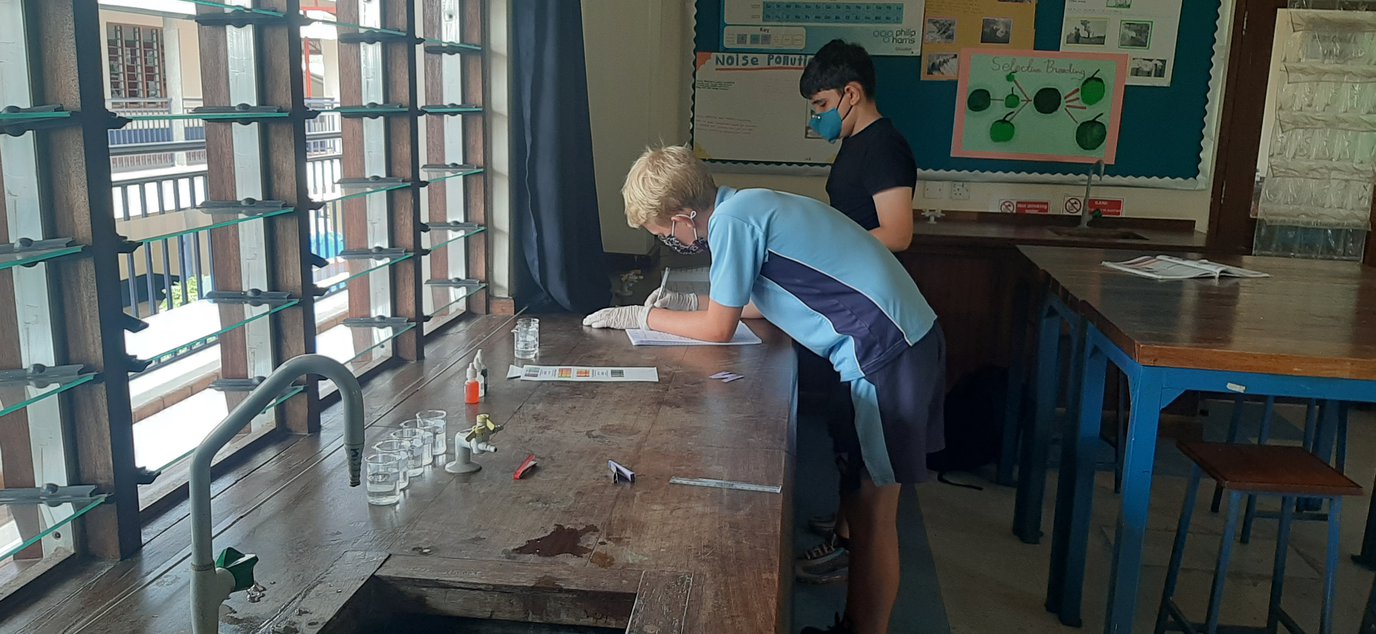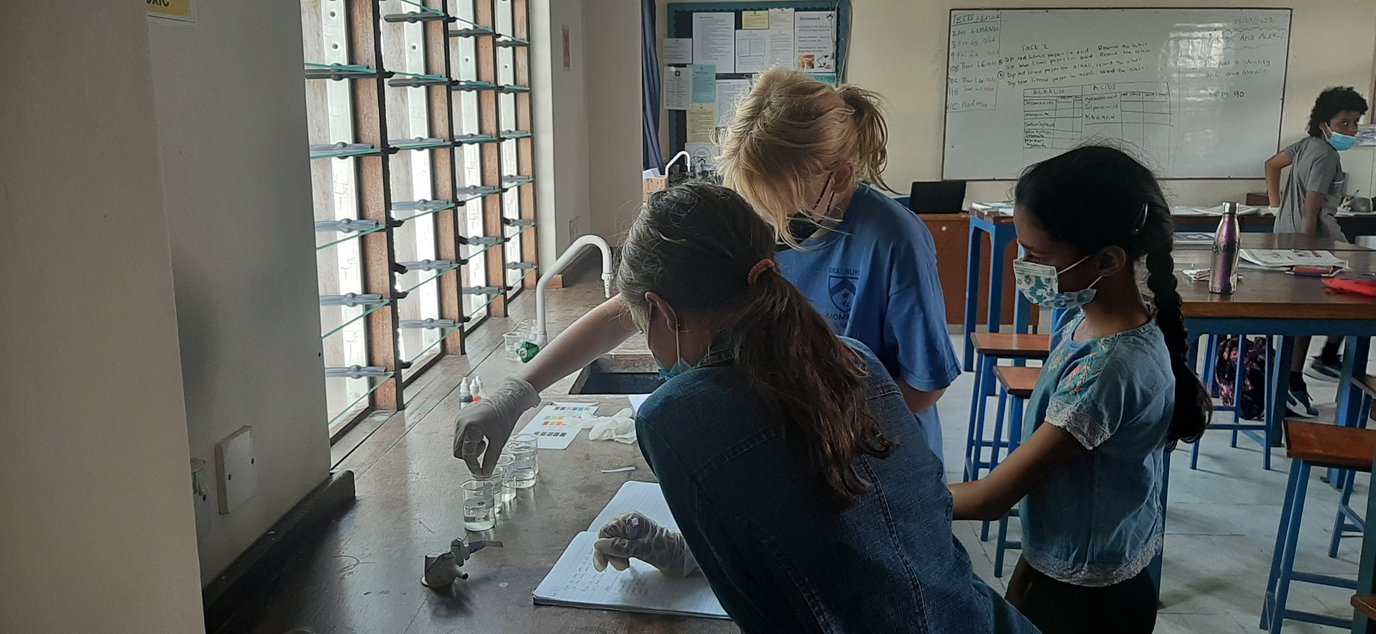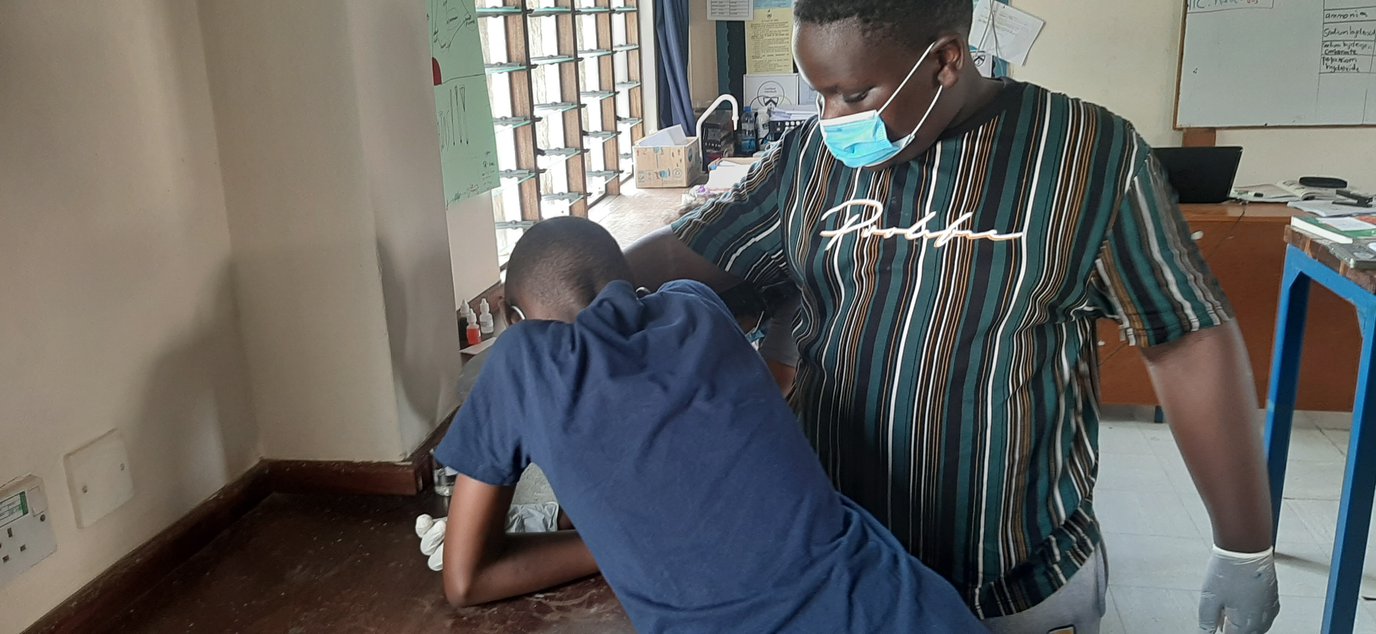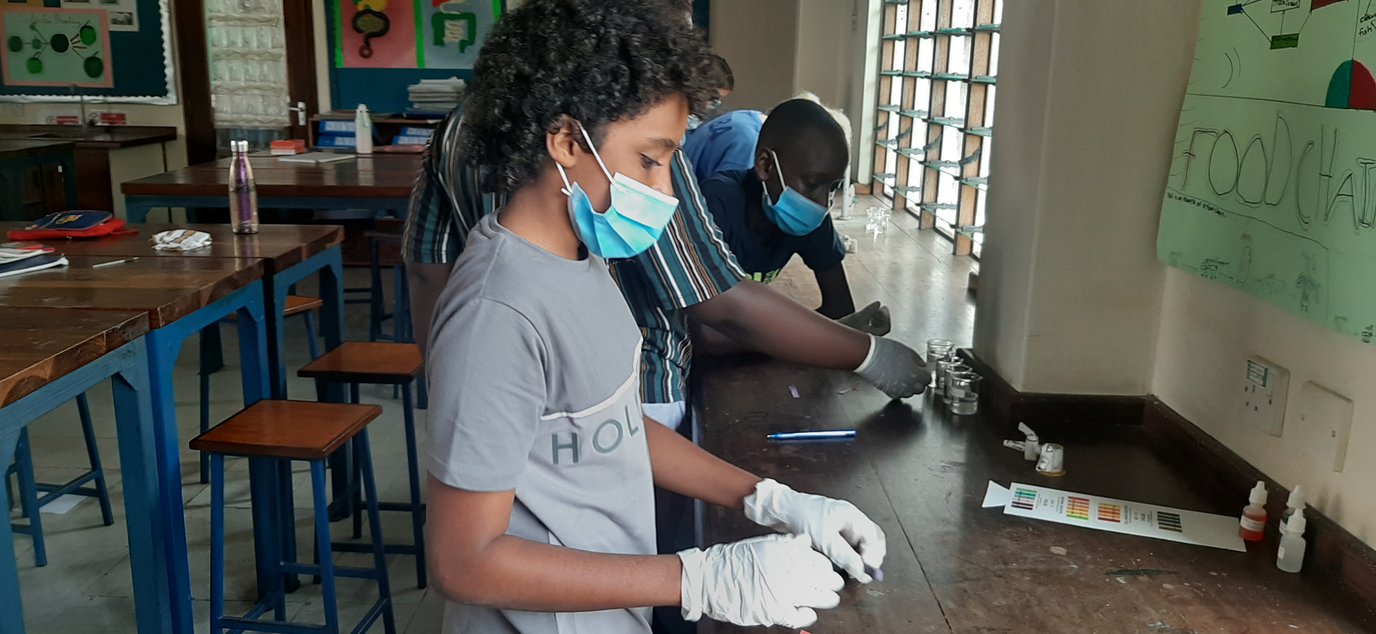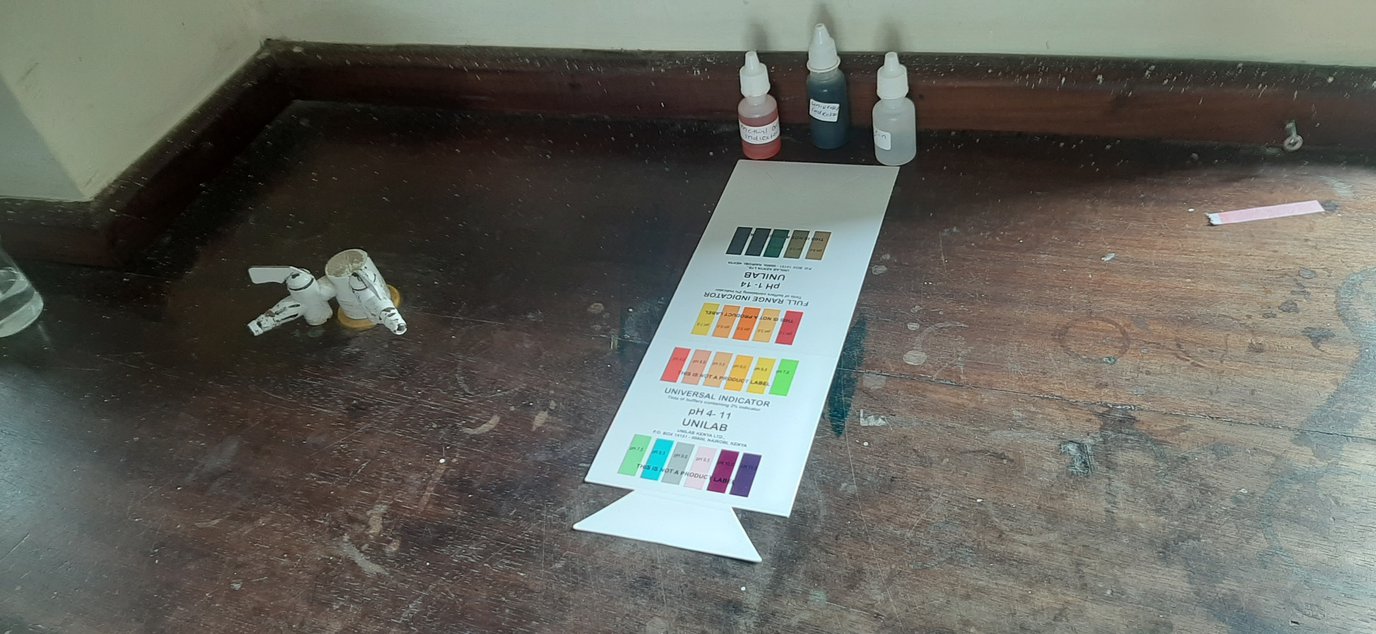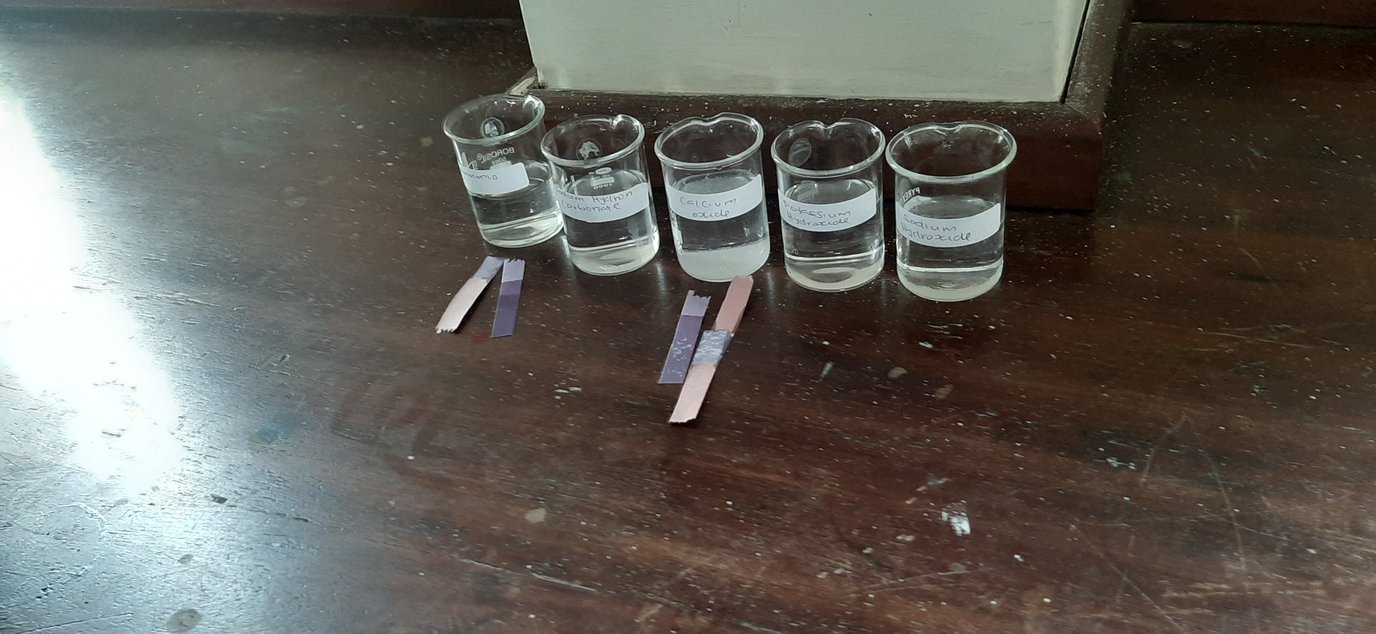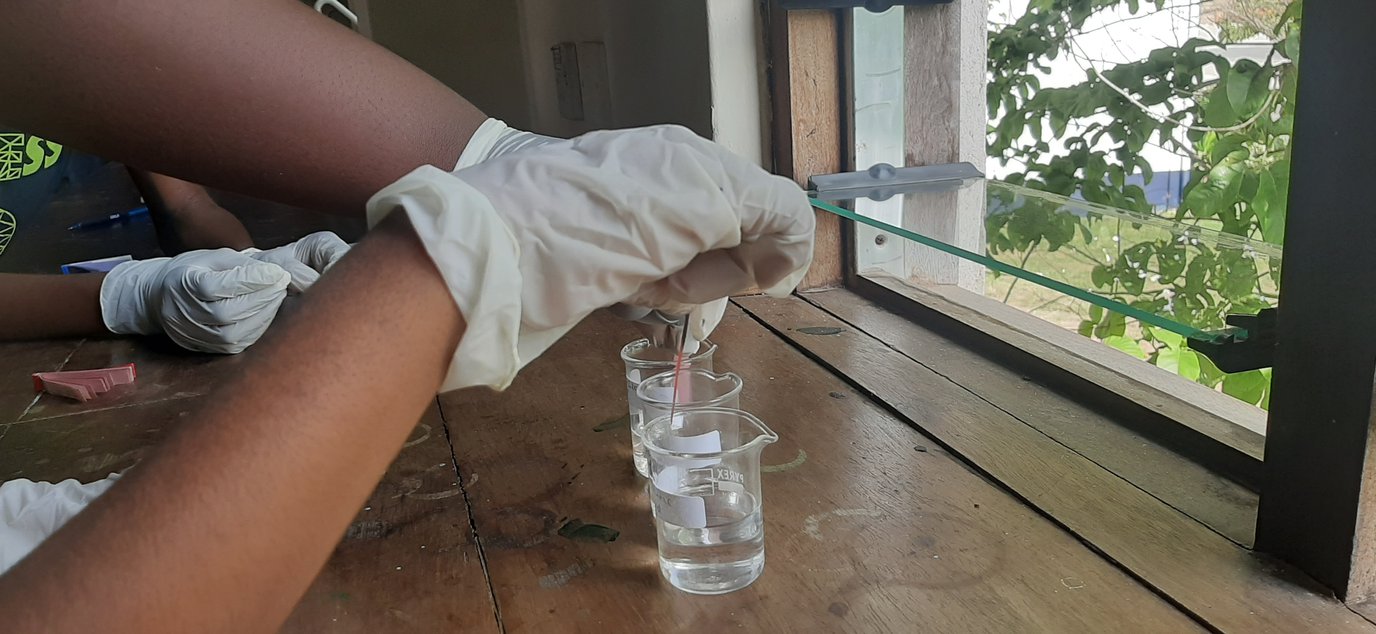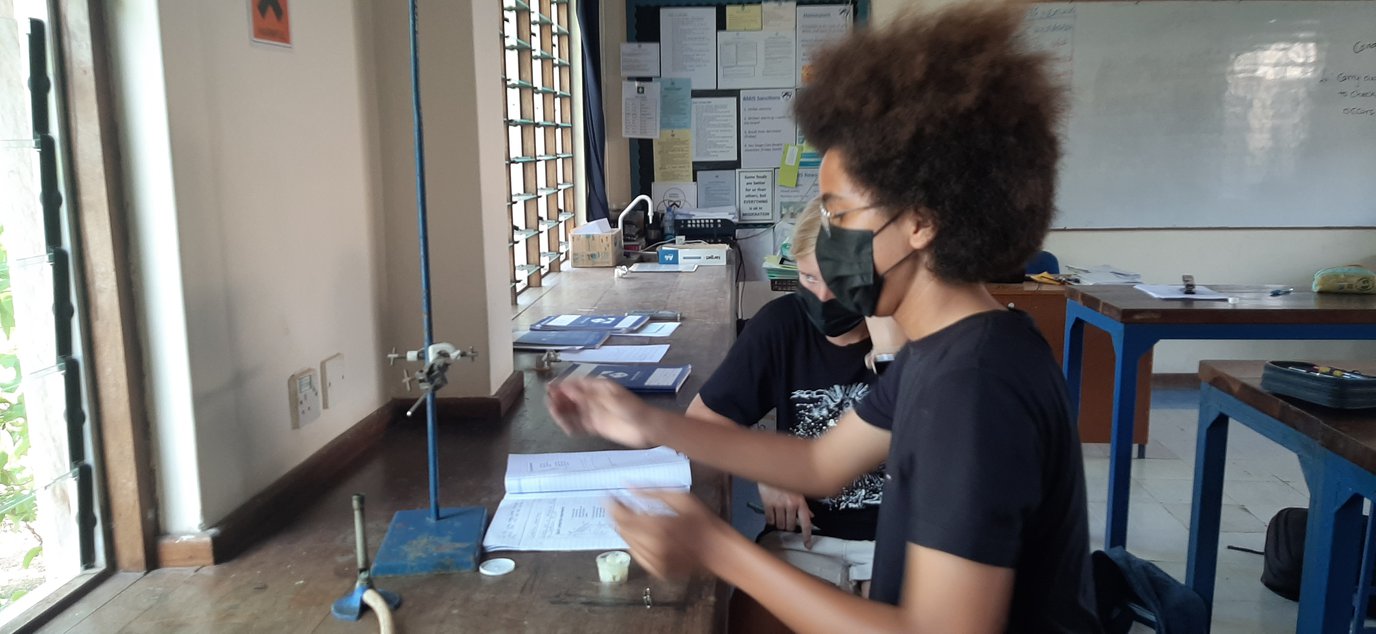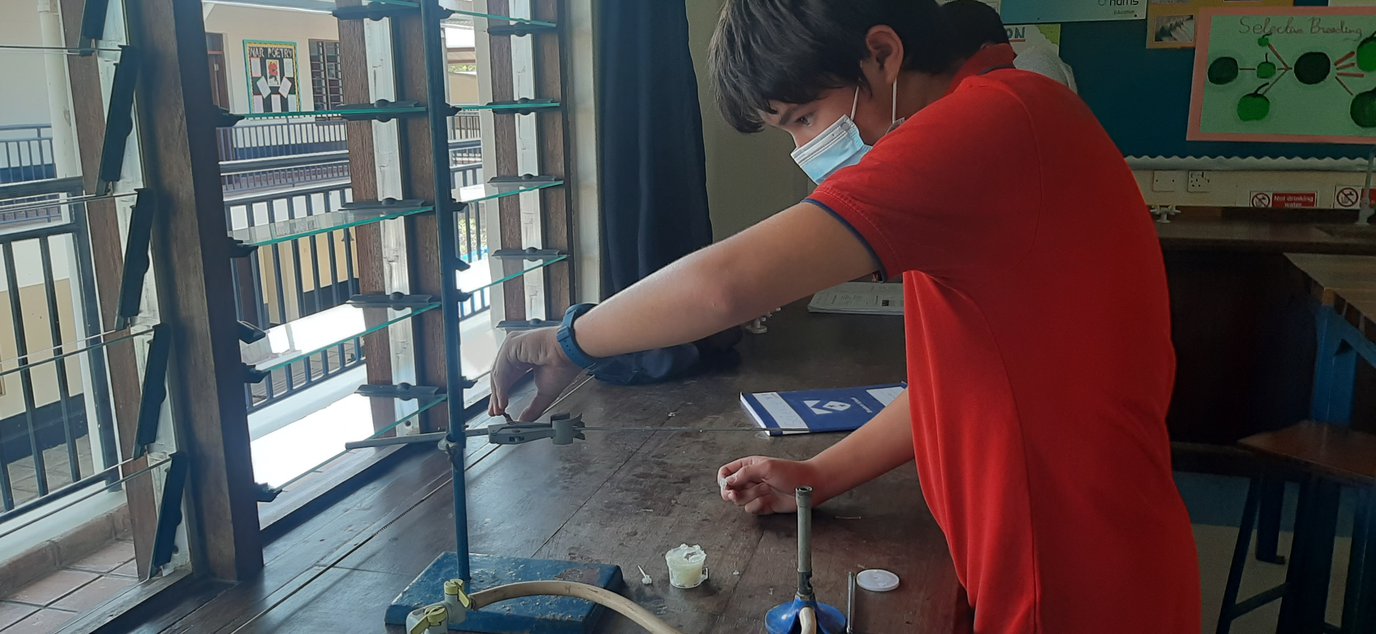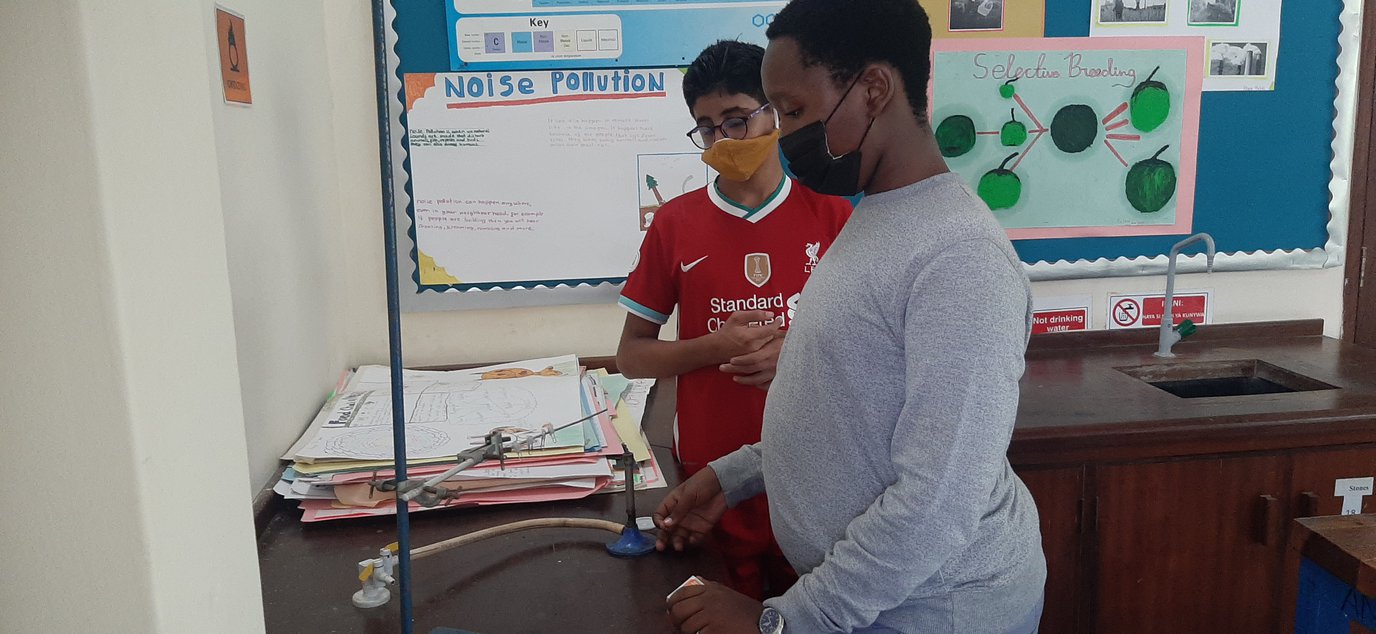Secondary Science News
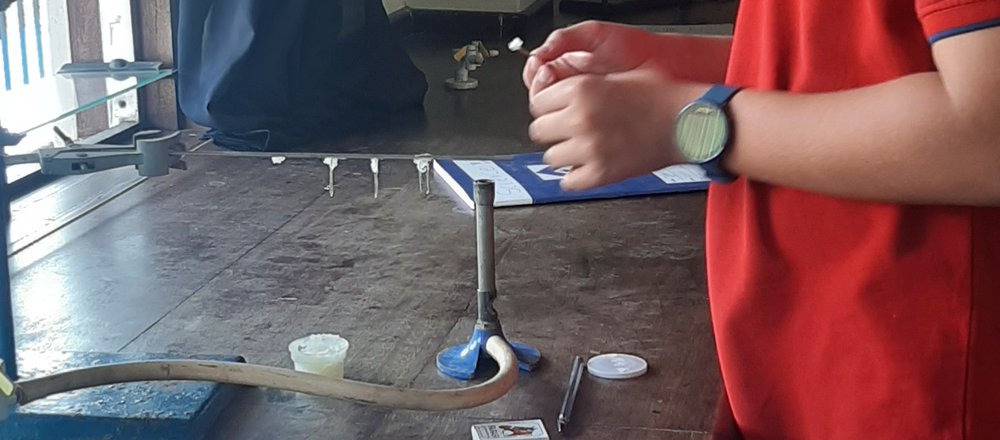
18th March 2022
The students continue to interact with science in many areas of their learning. A sample of lab work we have done includes kidney dissection. Dissecting a kidney allows you to trace the path of wastes and urine through the organ and better understand its function. Mammalian kidneys are part of the urinary system, functioning with the ureter, urinary bladder, and tubular urethra.
Dissection is also important because it helps students learn about the internal structures of animals, and helps students learn how the tissues and organs are interrelated. It also gives students an appreciation of the complexity of organisms in a hands-on learning environment.
Other students carried out experiments to tell acids from alkalis using litmus paper and indicators. We can use indicators to test the pH of a substance. An indicator is a substance that changes colour when it is added to acidic or alkaline solutions. Acids and alkalis are not only found in the labs but also in our homes. Examples of alkalis found in everyday products: oven cleaner, baking soda and drain unblocker. Examples of acids include vinegar, lemon juice, any citrus fruit, most other fruits, carbonated soda and battery acid.
Enjoy a sample of pictures showing the lab activities we have had in the recent past.
